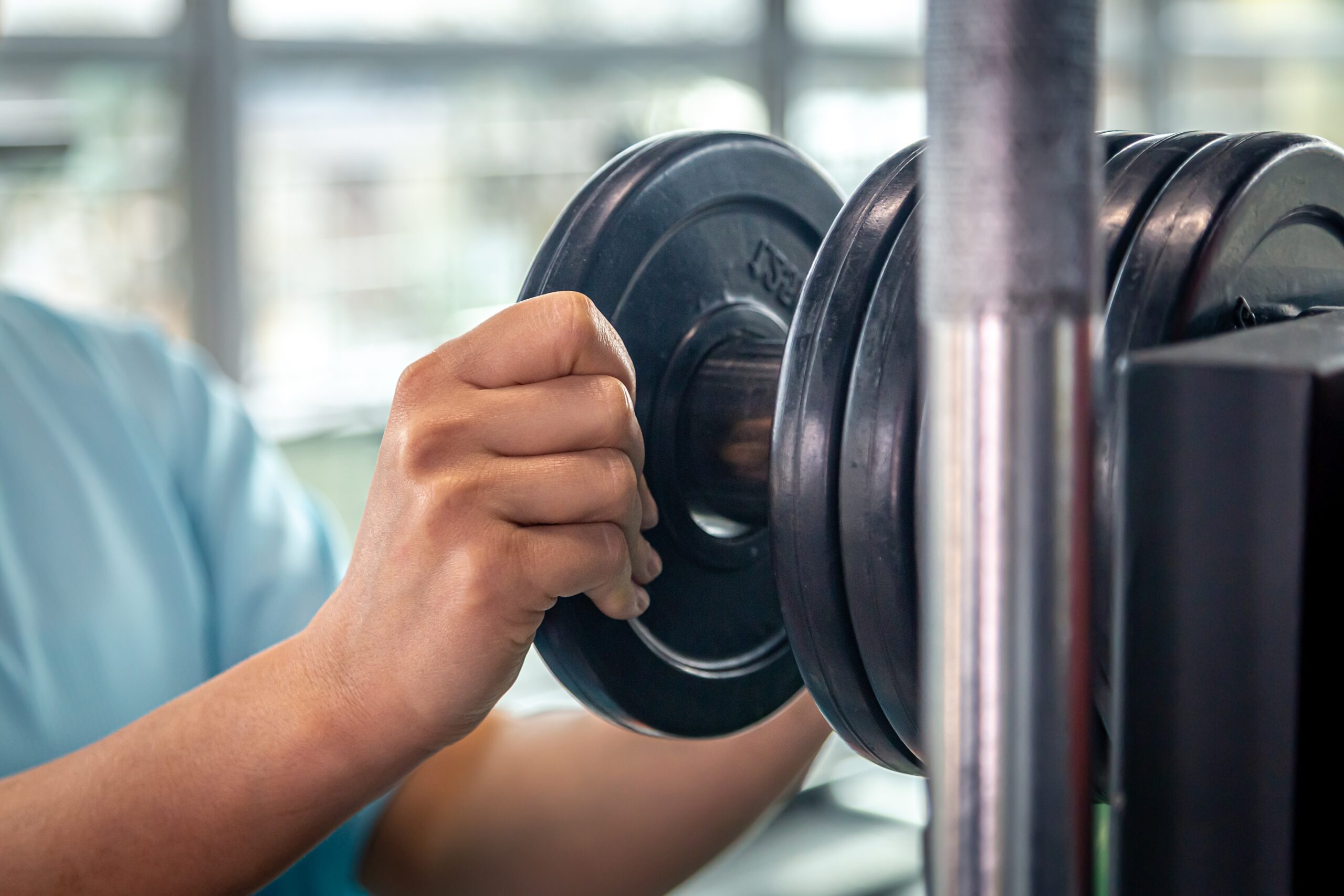The deadlift is widely considered one of the best compound exercises for building overall strength. However, an alluring theory suggests deadlifting provides additional benefits – specifically by increasing testosterone production. But is there concrete scientific evidence confirming deadlifts boost T levels? This extensive analysis dives into the complex hormonal response to deadlift training.
Deadlifts and Resistance Training Effects on Testosterone
To understand if deadlifts themselves increase testosterone, it’s important to first examine the broader impact of resistance exercise. Acute spikes in various anabolic hormones, including testosterone, occur as an adaptive response to stress placed upon the muscular system during strength training. One study by scientists at the University of North Carolina tracked male subjects performing lower body multi-joint lifts across twelve weeks. Results showed a sustained elevation in resting testosterone levels over the training period, indicating a cumulative effect from regular stimulation of large muscle groups. Researchers believe activating fast-twitch muscle fibers causes Secondary Messenger Systems to signal the endocrine system to amplify testosterone output.
Deadlifts Train More Muscle Mass
Now the question becomes – do deadlifts incite greater hormonal response than other lifts by training more mass? The deadlift calls upon multiple major muscle groups – glutes, quadriceps, hamstrings, calves, traps, lats, core stabilizers and grip flexors must coordinate to complete the pull. Compare this to the bench press where the volume trained primarily comprises pecs, front delts and triceps. A recent Texas A&M study had trained lifters perform both the bench press and the deadlift. While neither lift singly altered testosterone levels, researchers concluded that total-body multi-joint movements facilitate greater release of anabolic hormones as they activate more Type II muscle fibers across the body.
Acute Spikes From Higher Intensity Deadlifts
Beyond muscle mass trained, exercise scientists cite lift intensity as the crucial trigger for testosterone secretion. So the deadlift helps in two ways here – first by allowing heavier loading than isolation moves, and second by peaking force production where the bar leaves the floor. Studies confirm power output and velocity are key factors. One Swedish analysis of elite athletes showed free testosterone levels spiking as high as 43% in strength-trained males following a series of deadlifts at 80-85% one-rep max loads. DHT, LH and cortisol also increased. They theorize heavy deads maximize eccentric loading of the posterior chain upon bar impact, creating microtrauma that ignites the ergogenic hormonal response.
Ideal Volume For Maximizing Post-Exercise Testosterone Circulation
While brief, high-intensity lifting temporarily boosts testosterone, ideal circulation levels occur through controlled overloading via medium rep sets. Researchers at ACSM suggest this optimizes times under tension while preventing excess microtrauma which can inhibit pathways. For plus-sized deadlift PRs, experts specifically recommend 4 to 5 sets of 3 to 6 reps pulling at 75% to 90% intensity, coupled with 3-minutes rest intervals. Notably, this hard-charging protocol still elevated testosterone levels in trained lifters by almost 40% several hours after finishing their final set compared to starting baselines.
The Impact of Other Lifestyle Factors
Of course an individual’s resting testosterone levels, training status, nutrition and recovery practices also considerably impact the deadlift’s efficacy for elevating T. First, multivariate research by a Finnish university reveals the T-boosting response to intense lower body training seems significantly blunted for older men over 50. This implies recyclable testosterone enzymes deplete with age. Dietwise, ensuring adequate healthy fats prevents catabolizing essential sex hormones. And regulating blood sugar is crucial – poor glycemic control can decrease T levels by up to 25% per pioneering experiments at Sydney University. Recovery factors like sleep quality also enable recycled T to replenish. In younger active males however, when variables are controlled, acute bursts from deadlifts can amplify total testosterone circulation by upwards of 30% to 50% over baseline. If you really suffer from low blood pressure, try with testogen, the best testosterone supplement here.
Conclusion
In summary, credible empirical evidence confirms deadlifting helps temporarily increase testosterone production in men, especially younger strength athletes. Effects stem from deadlifts maximizing muscle fiber recruitment, loading intensity and mechanical tension across multiple large masses – quadriceps, glutes, spinal erectors. When programmed ideally, acute bursts averaging 30% to 50% over resting levels positively impact anabolism, physical performance and body composition to augment hypertrophy training. Of course, permanent supra-physiological concentrations of androgens through continual maximal intensity deadlifting remains unrealistic. However, leveraging Dakota dead stop deads, Romanian deads, rack deads and deficit dead variants at key points along an intelligently sequenced training plan can elevate male hormonal profiles. Just be sure to balance sessions with active recovery plus proper nutrition and sleep hygiene practices.

